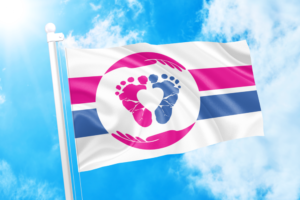
Everything in our society is now viewed as disposable, not just things we buy: relationships and all manner of people when they are no longer desirable or “useful” to us, such as former romantic prospects, persons nearing the end of their life, and unwanted children, including the unborn. The legal relationship between government, the unborn, and the women who carry them was brought into the national spotlight by the Supreme Court in 1973 and once again is a leading topic of conversation, now that this body has decided to revisit the issue.
The number and role of crisis pregnancy centers have grown in the intervening years, out of a desire to give women an alternative to abortion. I recently had the opportunity to attend a conference with several dozen pregnancy center directors, virtually all of whom were women—you could count the number of men there on one hand. I don’t think men are indifferent to this issue; I imagine that many of them are involved in other ways, like writing checks. But in a curious sort of way the saying about abortion being just a “woman’s issue” was brought to mind. That characterization never struck me as fair: Yes, a woman does “carry the child,” but men contribute half of the genetic material and about half of those aborted are male. Nevertheless, I wonder if the woman’s greater nurturing instinct might contribute to the disparity in the gender ratio I observed.
One thing at the conference that struck me is how much effort goes into a crisis pregnancy center. There is much more to it than running pregnancy tests and handing out brochures. There are government requirements related to building codes and medical clinics, employment and staffing issues, insurance considerations, and ongoing fundraising.
I should write another check soon.